The 8 Steps of Solar Installation
Installing solar isn’t always a light decision that you can make instantaneously. Of course, there are the financial decisions, construction aspects and aesthetics that must be considered first before forking out for such a large project.
Installing solar whilst running a business requires a bit of multitasking, planning, and team collaboration. Kembla works with lots of businesses, so we're well aware that running a business is time-consuming, and certainly keeps your hands full 24/7. At Kembla, we do all the groundwork, planning, and background paperwork. All you need to do is provide us with your preferences, and provide us with all the correct information we need to complete the project.
So, let’s say you’ve opted for solar installation with Kembla. Here’s a step-by-step timeline of how we do things.
Your customer journey with Kembla
In terms of timeframes, there’s no telling exactly how long each project will take. That's because every solar installation is completely different depending on installment size, requirements and site specifications. Customers should also be aware that DNO approval processing time can take up to 45 days.
Here's a timeline of what you can expect when installing solar with Kembla.
Kembla gather your information
We’ll run a desktop survey and draw up some illustrations
Thorough site survey
Project proposal
DNO application and planning
Funding agreement
Kembla will install your solar
Sign off & project completion
1. Gathering your information
There are a few foundational things we need to know about your business site before we can move on to discuss project options. We’ll need to know…
Your current energy usage and outputs
Whether you are the site owner
Your current electricity costs
Google earth pin and site address
2. Running a desktop survey and drawing up illustrations
A desktop survey is a data-based investigation of your site. We examine your site’s geography, records, and geological data. We gather all the necessary information and draw up a digital model of your solar installation project, including specifications and sizing. The survey will also give us an estimate of your ROI, approximate savings, and a quote for the entire project.
Then we’ll have a consultation with you to discuss everything in more detail. We realise that solar is a big decision, so there’s no obligation to agree straight away. You can also explore some funding models which can help take off the financial pressure.
3. Conducting a thorough site survey
If you have agreed to take the project forward, then we’ll do a site survey. A site survey is an in-person inspection of your site. This is to cross-check all the information we’ve gathered from the desktop survey, and to get a better understanding of your site.
Our site survey is fully comprehensive and thorough, so we’ll check:
Electrical function
Establishing where your solar will be installed on your site
Any obstacles which may affect the installation, or the process of installation
We’ll go through a range of different design options, and give you some different ideas of how we can install your solar.
4. Project proposal
After we've thoroughly gathered all of your site details, we'll draw up a project proposal.
The project proposal will include:
Full specifications of your installation
Physical layout
Performance projections (energy outputs, battery storage)
Financial calculations and thorough quote breakdown
Return on investment estimations
Step by step, we'll go through everything with you so you've got all the information you need before approving the project.
5. DNO & approval
There's just one more step before we install your new solar project. The DNO is the last part of the pre-installation admin.
After we have your approval of the project proposal, we will apply to the DNO (Distribution Network Operator). A DNO is a business that owns, operates and manages the energy in your area. Each part of the country has a different DNO, depending on the location. The application essentially lets them know how much energy your site needs. Generally, the bigger the project, the more data is required.
Please keep in mind that the application processing time can take up to 45 days.
Kembla will manage the application on your behalf. We'll keep you updated on its progress, and notify you of any changes.
6. Funding agreement
PPAs will help take the financial pressure off your solar, by providing a funding model that covers the upfront cost of installation. If you have opted to have PPA funding, or a Finance Lease Agreement model, then we'll require a signature from you, prior to installation.
7. Kembla will install your solar
Now for the exciting bit. After all the admin and groundwork is complete, we agree on a suitable date to come and install your solar on-site.
We'll carry out some important risk assessments prior to the solar installation, to ensure the installation considers all health and safety risk factors.
Our qualified installation team carries out professional installation, and we aim to be as non-interruptive as possible while you go about your daily business. Depending on the size of the project, the installation time can take anything from 1-7 days.
8. Sign off & project completion
Once the project is completed, we'll walk you through the installation. We'll provide some care and function tips, and answer any questions you might have about your new solar PV equipment.
Generally, the equipment should just function in the background, and you won't really have to do anything. But if anything does go wrong, Kembla's maintenance team will be on hand to help fix any potential issues.
Considering Solar?
Thinking about installing solar for your business, but you'd like to know more information? Have a chat with us. We're happy to answer any questions and address any concerns or queries before you make any big decisions. We offer free, no-obligation consultations alongside some genuinely honest and friendly advice.











